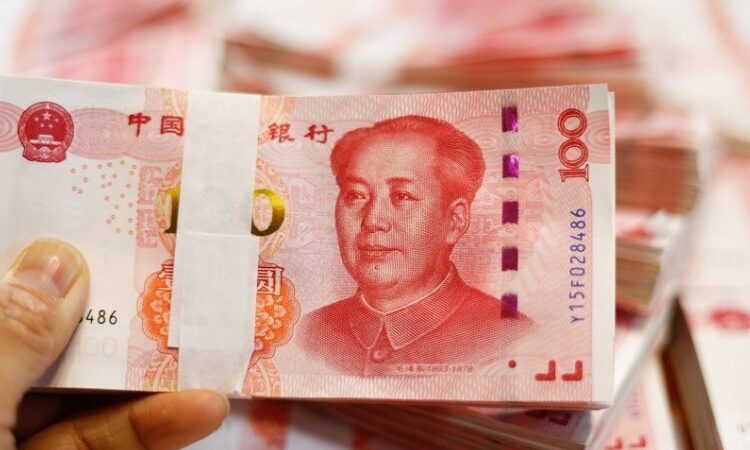Right now, China is bucking the global trend and cutting, not raising rates, reflecting what is a very mediocre and rather disappointing reopening following zero-Covid. We have written about this in a couple of notes recently which you can access here, and here. And one of the upshots of this is that the CNY has been weakening, with the People’s Bank of China (PBoC) seemingly quite tolerant of such weakness with all policy levers being considered to help offset the economy’s weakness.
Furthermore, what we see is that the gravitational pull – as described by the correlation coefficient – of the CNY is dragging down some local currencies with it, though the strength of this pull is weaker than in the past. This tends to confirm that what is happening to the CNY right now is more than just a generalised bout of USD strength taking all currencies along for the ride, but something more unique to China.
Two currencies do remain tightly bound to the Chinese yuan, namely the Japanese yen and the Malaysian Ringgit. Both are historically at the higher end of correlations, reflecting strong trade links and perhaps as a result, these two currencies remain in a tight orbit to the CNY.
Elsewhere, the links are very much weaker, or in the case of the Indonesian rupiah, actually negative. The IDR has benefited from a solid inflation-fighting period by Bank Indonesia (BI), a sustained current account surplus and an improved growth outlook, helped in part by its strong commodity endowments that mean it should benefit from the global energy transition and demand for electric vehicle batteries, which is becoming a new source of growth.
The correlation of the Vietnamese dong is also close to zero so far this year. The VND, however, is a heavily managed currency unit and has shown no signs of following the CNY during its recent slide. That is simply a local policy decision. And at some point, it may re-set.
Perhaps more surprisingly, the Taiwan dollar also seems to be shaking off any CNY influence and has been notably less responsive to movements in the CNY than past history would suggest. This may be due to portfolio inflows into Taiwan’s stock market, as investors seem keen to buy almost any stock with even a vague hint of AI or semiconductors in their business description right now. Taiwan’s stock market is up almost 22% year-to-date as a result, while China’s CSI 300 is virtually flat in local currency terms, and down 4.1% in USD terms.
















